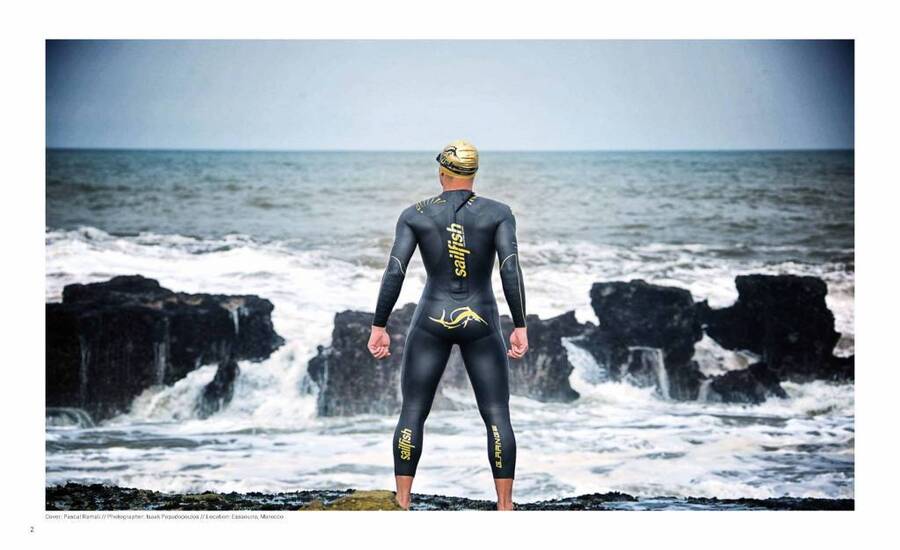What is a Wetsuit Top and How is it Different from a Full Wetsuit?
Wetsuits are essential for water sports, providing warmth and protection. Understanding the differences between a wetsuit top and a full wetsuit can help you choose the right gear for your needs.
Wetsuit Tops vs. Full Wetsuits
A wetsuit top is made from neoprene and designed to keep the upper body warm while offering freedom of movement for activities like surfing and paddleboarding in warmer waters. It covers the torso and arms but leaves the legs exposed, making it ideal for conditions where full-body coverage is not necessary.
In contrast, a full wetsuit provides complete coverage from neck to ankles, ensuring full-body insulation and buoyancy. It is suitable for colder water environments where comprehensive thermal protection is essential.
Key Differences Between Wetsuit Tops and Full Wetsuits
Coverage
Wetsuit tops cover only the upper body, while full wetsuits provide full-body coverage.
Flexibility and Mobility
Wetsuit tops offer greater flexibility for the upper body, whereas full wetsuits provide overall warmth but less flexibility.
Warmth and Insulation
Full wetsuits offer better insulation for cold conditions, while wetsuit tops are more suitable for warmer waters or as part of a layering system.
Usage Scenarios
Wetsuit tops are ideal for warmer water and layering, while full wetsuits are necessary for cold water environments.
Choosing the Right Option
Consider water temperature, activity type, and comfort when choosing between men or womens wetsuit tops and a full wetsuit. Ensure proper fit for both to maximise performance and comfort.
Care and Maintenance
Rinse your wetsuit top or full wetsuit with fresh water after each use and allow it to air dry away from direct sunlight to extend its life.
Conclusion
Both wetsuit tops and full wetsuits have their advantages depending on your needs. Understanding their differences helps you select the best gear for your water sports adventures.




